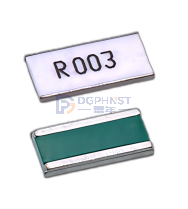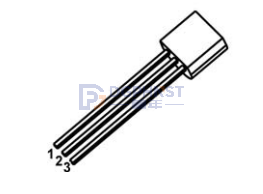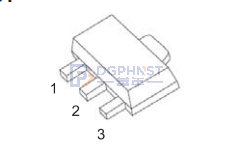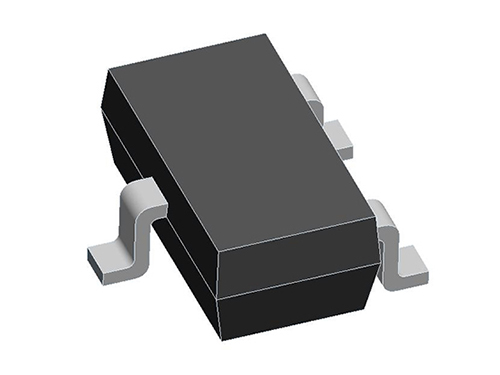hnstshop.com/search/%E5%A8%81%E4%B8%96%E9%95%BF%E7%94%B5%E6%9E%81%E7%94%B5%E9%98%BB.html" target="_blank">VISHAY electrode resistor is a commonly used electronic component widely used in various circuits. During use, the resistance may be damaged, causing the circuit to malfunction. It is very important to determine whether the VISHAY electrode resistance is damaged. Below, "Hnstshop Mall" will introduce some common methods to determine the damage of VISHAY resistors.

Judging from the appearance, if there is obvious damage, deformation, or burning on the appearance of the resistor, it is likely that the resistor has been damaged and needs to be replaced. You can also determine whether the resistance is working properly by observing whether the resistance terminals are loose or broken. If the resistor terminals are loose or broken, it is necessary to re weld or replace the resistor. By measuring the resistance value, we can use a multimeter or resistance measuring instrument to measure the resistance value. Under normal circumstances, the resistance value of the VISHAY electrode resistance should be within the specified range. If the measurement results deviate from the specified range, it is possible that the resistance is damaged. In addition, when measuring the resistance value, it is also possible to observe whether the resistance value is stable. If the resistance value is unstable and fluctuates significantly, it may also be due to damage to the resistance. By testing the power of a resistor, it can be determined that power is the heat generated on the resistor, usually expressed in watts (W). If the heat generated on the resistor exceeds the rated power of the resistor, it may cause the resistor to burn out. Therefore, we can observe the heating of the resistor to determine whether the resistor is damaged. If there is obvious heating on the surface of the resistor, or even overheating occurs, then the resistor needs to be replaced.

$0.07164
HTE1206M1W5R010F
Wide Terminal Current Sensing Resistor ,0612 ,0.01R(10mR) ,±1% ,1.5W ,MnCu ,±50PPM ,WALTER-HTE

$0.077448
HTE1206M2W0R004FS
Wide Terminal Current Sensing Resistor ,0612 ,0.004R(4mR) ,±1% ,2W ,MnCu ,±100PPM ,WALTER-HTE
Generally speaking, judging whether the electrode resistance of VISHAY is damaged is mainly based on the inspection of appearance, resistance value, and power, and most of the results can be obtained. If there are obvious damages, looseness, fractures, etc., and the resistance value deviates from the specified range, causing excessive heating, it is likely that the resistance has been damaged and needs to be replaced in a timely manner. For circuits that require constant and stable operation, it is also necessary to regularly check the resistance for damage to ensure the normal operation of the circuit.




